“Painted Ladies” – Victorian buildings of Cape May, NJ. Have you wondered why they’re called “Painted Ladies”? And how did so many of these ornately decorated buildings ended up in such a small area? The answers to these questions may not be what you expect!
Cape May is like a time capsule, replete with historic sites, elaborate mansions, and embellished guest houses. The city is designated the Cape May Historic District, a National Historic Landmark due to its concentration of these beautifully ornate Victorian buildings. Cape May has the second-largest concentration of Victorian structures in the United States, only after San Francisco.
Why does Cape May have so many Victorian buildings?
Let’s go back and look at some Cape May history. It was named for Cornelius Mey who explored the area for the Dutch West India Company in the 1620s. After originally being settled as a fishing and whaling center, the town became popular as a summer resort area because of easy transport by boat from Philadelphia, Baltimore, New York, and areas south.
Past Presidents who visited Cape May include Franklin Pierce (1855), James Buchanan (1858), Ulysses Grant (1873), Chester Arthur (1883), and Benjamin Harrison (1889). Harrison made Congress Hall his Summer White House. From the 1850s through the 1880s up to 3,000 visitors arrived each day during the summer season.
Almost all of the buildings in the area were wooden structures. There were two large fires in Cape May; the first was in 1869, and another, larger fire in 1878. The second fire destroyed 35 acres of property in the current Historic District. These were quickly rebuilt creating what is now an architectural time capsule.
The buildings have been preserved as the Historic District which was added to the National Register of Historic Places in 1970, then listed as a National Historic Landmark District in 1976. In the original nomination papers, there is not a complete listing of buildings, only 20 buildings were documented by the Historic American Buildings Survey (HABS). The HABS now lists almost 70 buildings in the district.
Why are Victorian buildings called “Painted Ladies?”
Surprisingly, the original term “Painted Ladies” was coined in the 1978 book by Michael Larsen and Elizabeth Pomada. The book refers to the transformation of San Francisco Victorians from the muted colors of the post-World War II era to the brightly colored coats seen today. In technical terms, a “painted lady” is a house of the Victorian or Edwardian era painted in three or more colors highlighting its ornate architectural features.
You may see homes in Cape May with colors that fall into three schools of thought: historically accurate, historically appropriate, and daring or dramatic. The Victorians would not have chosen the pink or lavender shades that you may now see. Prior to the Victorian era, buildings were generally all painted white for two reasons—first, white lead paint was thought to last longer, and second, it was also thought to make the building look “newer.” Historically, there were six phases in color styles between 1820 and 1920 ranging from lighter to earthier tones. The colors are meant to accent the gabled roofs, round towers, and angled rooflines.
As you visit and tour the area, take note of the variety of colors and the mastery of detail required to maintain the “Painted Ladies” – Victorian buildings of Cape May, NJ. The Carroll Villa Hotel is a contributing property to the Cape May Historic District. Built around 1882, it has gingerbread architecture, porches, and is topped with an amazing cupola that has thrilling views.
Come and stay in this historic building that has been modernized with air conditioning, WiFi, and private baths.
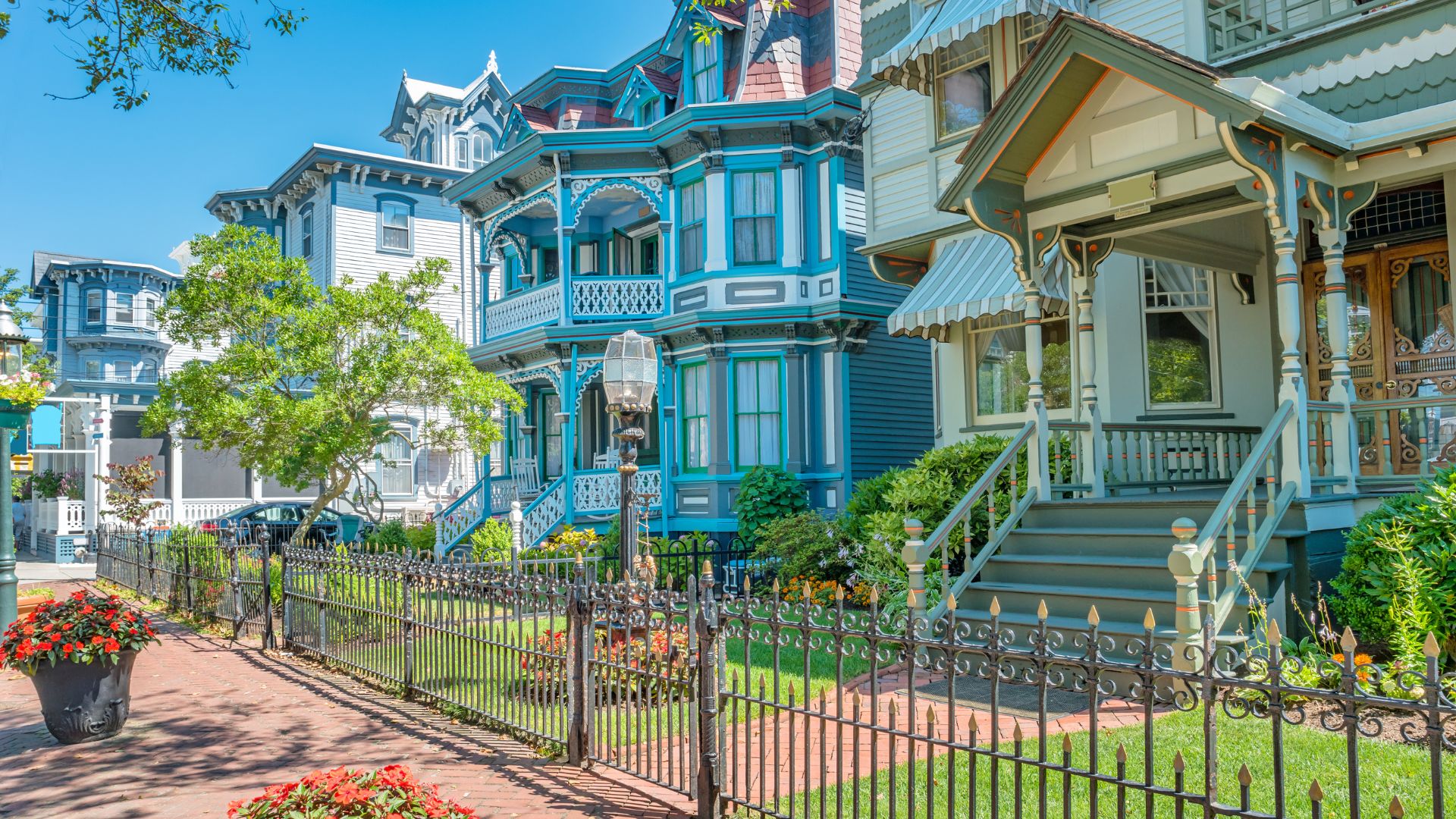

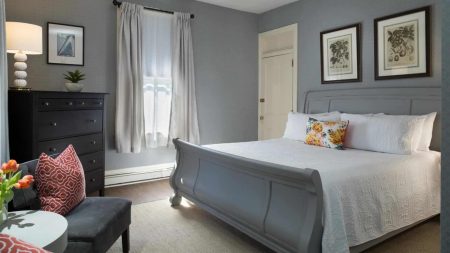
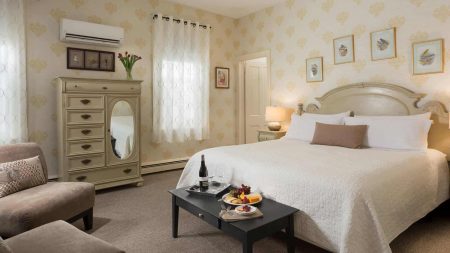
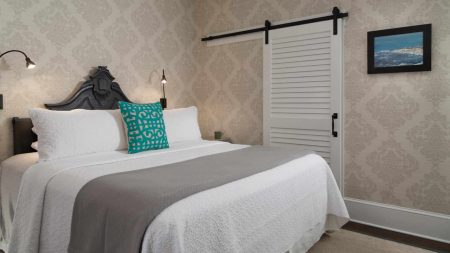
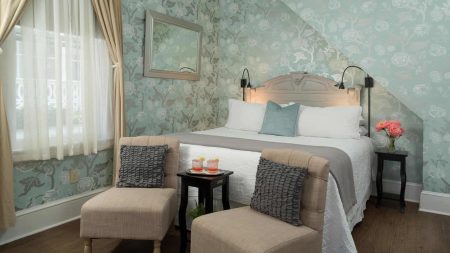
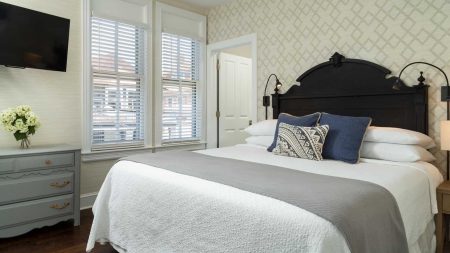
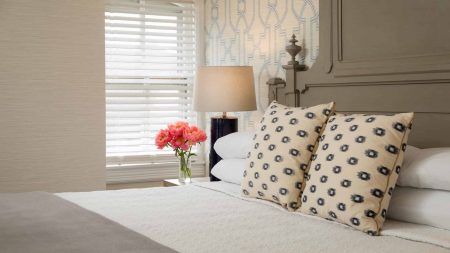
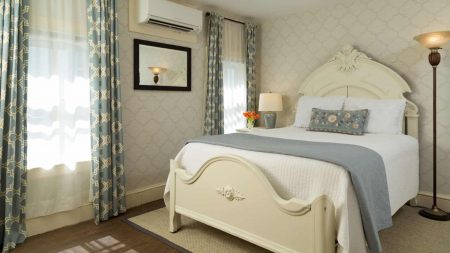
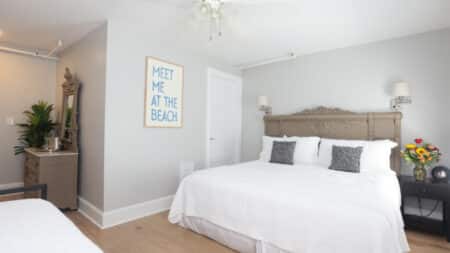
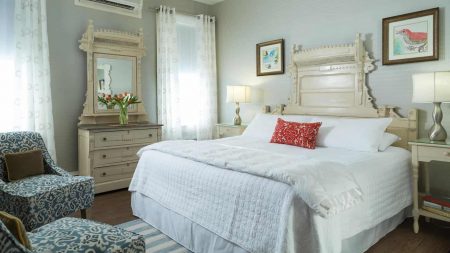
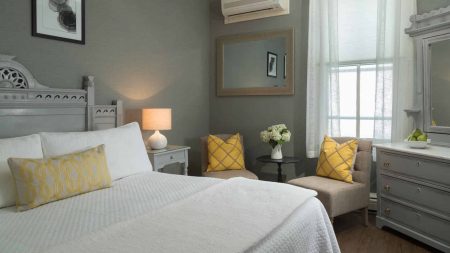
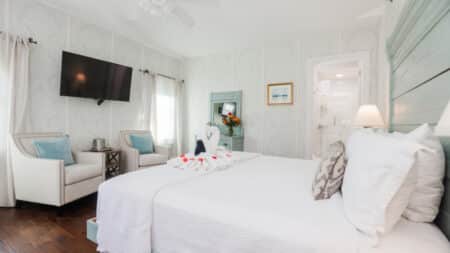
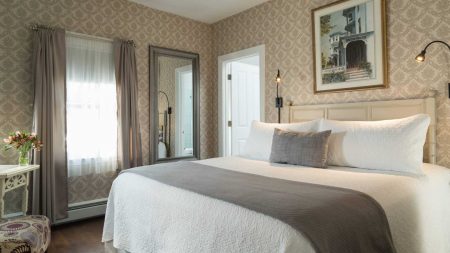
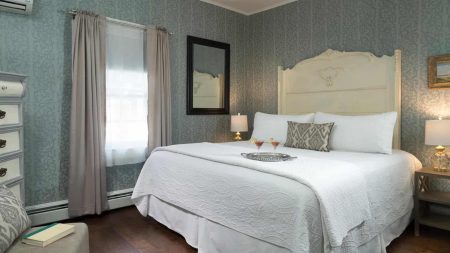
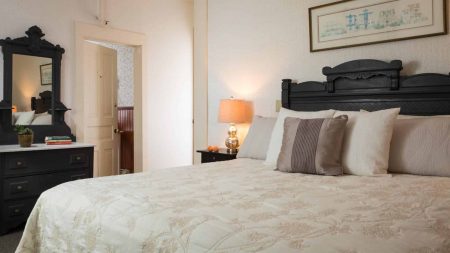
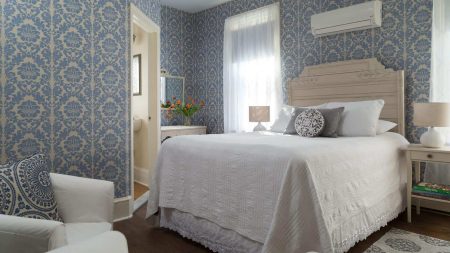
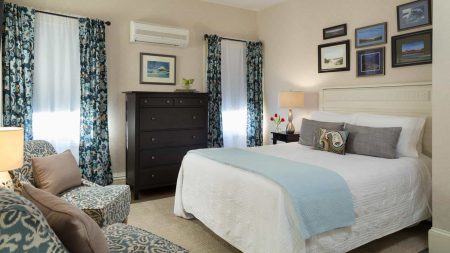
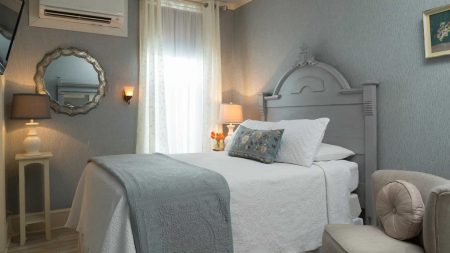
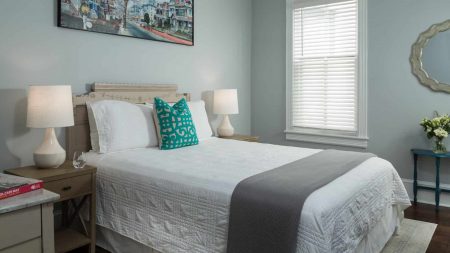
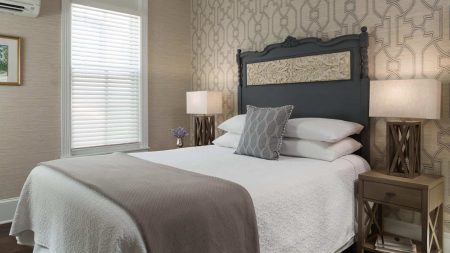
Would love to visit